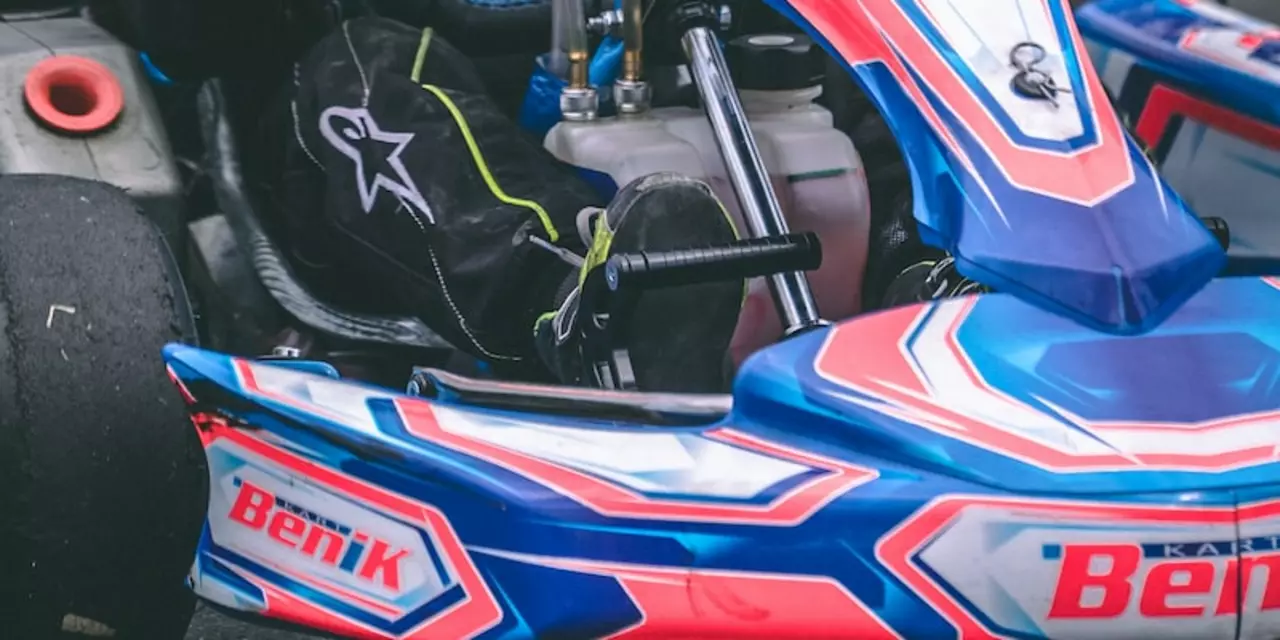Go-Kart Racing: Your Quick-Start Guide
Thinking about hopping into a go-kart for the first time? You’re in the right spot. Go-kart racing is cheap, fast, and a great way to feel the rush without a license. In this guide we’ll break down what you need, where to go, and how to stay safe so you can focus on the fun.
Choosing the Right Kart and Gear
First thing’s first – the kart. Most rental places have two categories: single‑seat “racing” karts and larger “recreational” models. If you’re a beginner, start with a recreational kart. It’s slower, easier to handle, and the seating is more forgiving.
Don’t skip the safety gear. A full‑face helmet is a must; look for a Snell or IPS certification. Pair it with a snug racing suit or at least a sturdy jacket, gloves, and closed‑toe shoes. These items protect you from bruises and keep you warm on cooler days.
Finding Tracks and Planning Your Sessions
Most cities have a local karting center. Look for tracks that offer open‑wheel sessions – they let you practice on a real racing circuit without a time limit. If you’re traveling, check Google Maps for "karting track near me" and read recent reviews. Pay attention to track length; shorter tracks (about 400‑600 m) are great for learning the line, while longer circuits give a better taste of speed.
When you book, ask about the “track day” format. Some places run a brief orientation, then let you run a few timed laps. Use the first laps to get a feel for the kart’s steering and brake response. Remember, the racing line isn’t the middle of the track – it’s the path that lets you carry the most speed through corners.Tip: watch the “apex” of each turn. Hitting the apex early lets you straighten the car out and accelerate sooner. Practice shifting your weight forward on braking and back on the exit to keep the kart balanced.
Don’t forget the rules. Most tracks have a flag system: green means go, yellow means slow down, and red means stop. Ignoring flags can get you a time penalty or even a ban.
After a few runs, ask the staff for a quick debrief. They can show you video playback (if available) and point out where you lost time. Small adjustments – like braking a fraction later or holding the throttle a touch longer – can shave seconds off each lap.
Finally, keep an eye on the kart’s condition. Check tire pressure before each run; under‑inflated tires bite into the track, while over‑inflated ones slip. If you notice any odd noises or handling issues, pull over and let the crew know.
Go-kart racing is all about practice, patience, and a willingness to learn from each lap. With the right gear, a good track, and a focus on the basics, you’ll be shaving off lap times before you know it. So grab a helmet, book that session, and feel the thrill of the track.
How do I start go kart racing?
Go-kart racing is a fun and thrilling sport for both adults and children that can be enjoyed anywhere. The first step in getting started is to find a local go-kart track and get some basic equipment. You will also need to get a racing license from your local racing organization and join a racing club. Once you have the necessary equipment, you will need to practice your skills and learn the rules of the track. Finally, you can start racing and competing against other drivers. With dedication and practice, you can take your go-kart racing to the next level.
Read More